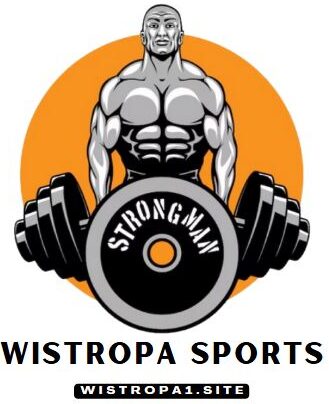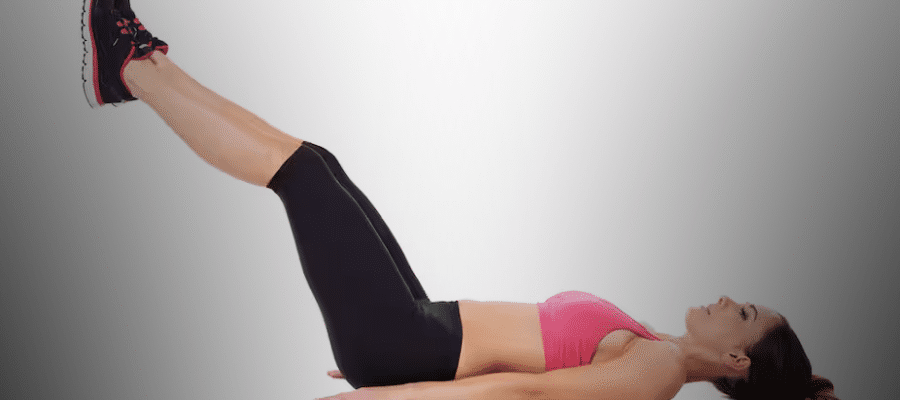In the dynamic world of bodybuilding, the diversity of exercises is essential to guarantee a balanced development of the body. Among the often underestimated movements, the investigations on the legs are distinguished as a particularly effective exercise in strengthening the lower part of the body and the abdominal strap.
This article will deepen the advantages of the legs of the legs, the different variants available, the suggestions to integrate them into the driving routine, as well as common errors to avoid.
The benefits of the polls on the legs
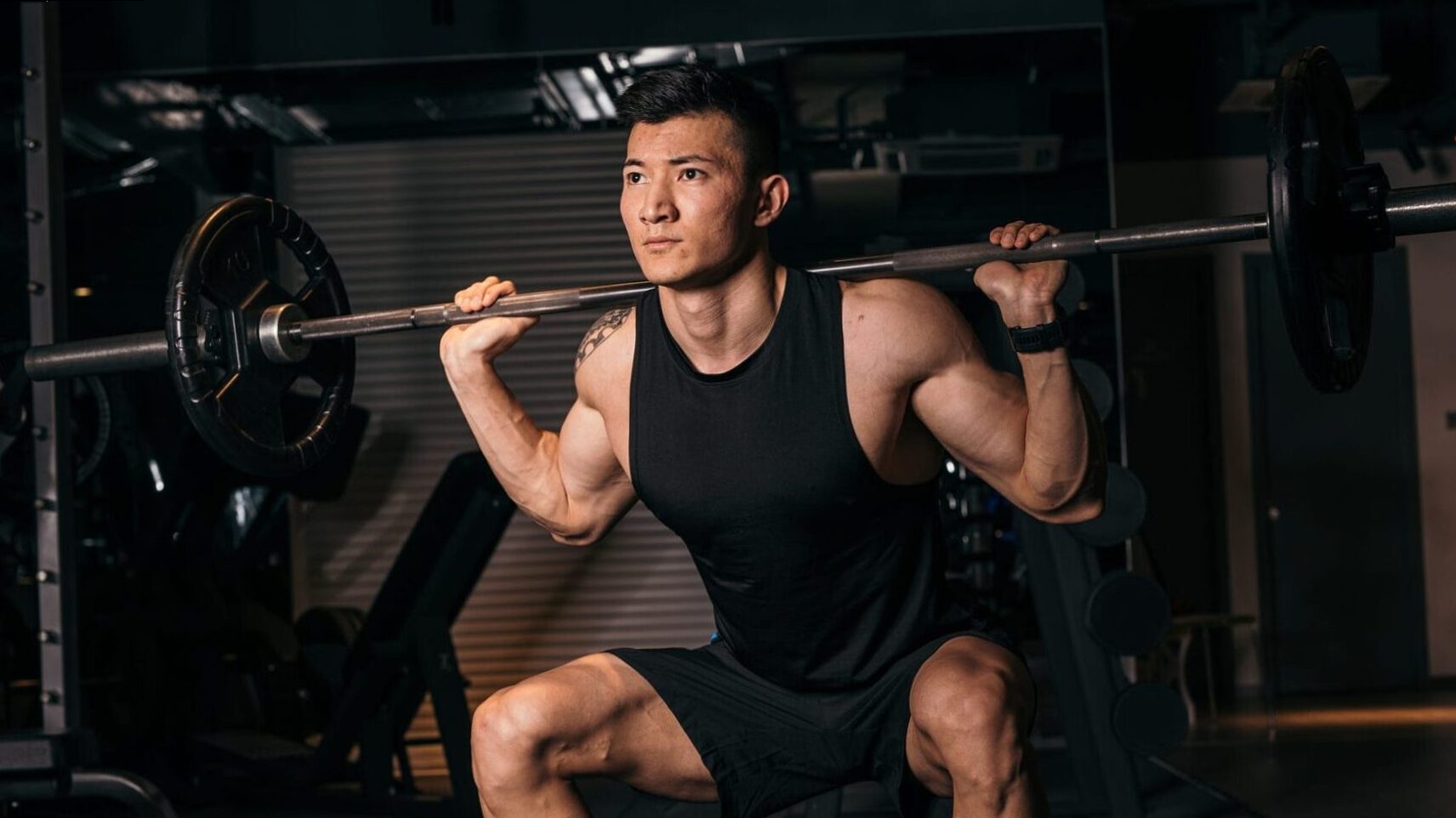
1. ABS reinforcement
The investigations on the legs mainly affect the lower abdominal muscles, which are often neglected with traditional exercises such as crunch. By soliciting these muscles, help to sculpt a thin dimension and improve your posture, which is particularly advantageous for those who spend long hours sitting.
2. Development of hip flexors
The hip flexors play a crucial role in many functional movements such as race, jump and even walk. By strengthening these muscles, not only improved athletic performance, but also reduce the risk of injuries.
3. Improvement of flexibility
The polls on the legs do not compete to strengthen the muscles; They also help to improve the flexibility of the legs. By integrating this exercise regularly, it is possible to observe a better breadth of movement in daily and sporting activities.
4. Trunk stabilization
A solid trunk is essential for almost all the movements we make, lifting weights or practicing sport. The investigations on the legs require a good stabilization of the trunk, thus strengthening the stabilizing muscles, which improves performance in other exercises.
5. Activation of the muscles of the pelvic belt
The investigations on the legs also involve the muscles of the pelvic belt, which is essential to maintain good posture and avoid low back pain.
Variants of surveys on the legs
To maximize the advantages of the legs of the legs, it is possible to explore different variants:
1. Legs examined.
He supported a traction bar, this exercise is one of the most intense forms of legs of the legs. Raising the legs straight or folded upwards, not only ask the abs, but also to the bras and shoulders.
2. Flat -related legs
Lying on the back, the legs stretched, I lift at an angle of 90 degrees, then slowly go down. This variant is ideal for those who try to work on their abdominal force without equipment.
3. Gets surveys on their knees
For a more accessible version, fold the knees and lift the chest keeping your shoulders on the ground. This variant is perfect for beginners or for those who have back problems.
4. Sleeping side legs
Lying on the side, lift the upper part of the leg to hit the muscles and oblique sides. This variant allows you to expand muscle work and strengthen the hip stabilizing muscles.
5. Helds with elastic
To increase the difficulty, you can add an elastic resistance around the ankles. This increases tension during exercise, the most stimulating muscles.
How to integrate the polls on the legs in your routine
To make the most of the investigations on the legs, here are some practical tips:
Frequency
Integrate this exercise in the routine 2 to 3 times a week. This will allow the muscles to recover by continuing to strengthen.
Series and tests
It starts with 3 series from 10 to 15 repetitions for each variant, continuously gradually as you earn in force. Do not hesitate to vary the tests to avoid monotony.
Heating
A good heat -Up is essential before starting. Plan a few minutes of light cardio followed by dynamic stretching to prepare the muscles.
Combination with other exercises
Combine the polls on the legs with force exercises for the upper body and the squats for complete training. For example, it is possible to create a series of squats followed by polls on the legs or alternating between pumps and surveys on the legs for training the circuit.
Leg raises are a fundamental yet often overlooked component of a well-rounded bodybuilding routine. While many athletes focus primarily on visible muscle groups like the chest or arms, the lower body and core play a vital role in overall strength, balance, and performance. Leg raises, when performed correctly and consistently, can significantly enhance core stability, improve lower abdominal strength, and contribute to a more symmetrical physique.
Their versatility is one of their greatest strengths. With numerous variations — such as hanging leg raises, lying leg raises, or incline bench leg raises — this exercise can be tailored to suit beginners and advanced athletes alike. Each variation targets specific muscle groups with varying degrees of intensity, allowing individuals to progress gradually while challenging their core in different ways.
Integrating leg raises into your routine doesn’t require a major overhaul. They can be included during warm-ups, abdominal circuits, or even at the end of a strength training session as a finisher. However, proper form is critical. Common mistakes like using momentum, not engaging the core, or arching the back can reduce the effectiveness of the exercise and increase the risk of injury.
Ultimately, leg raises offer more than just aesthetic benefits — they support better posture, injury prevention, and overall functional movement. For bodybuilders aiming for peak performance and balanced development, incorporating this simple yet powerful movement can make a significant difference.
So whether you are just starting out or looking to refine your training strategy, don’t underestimate the impact of leg raises. Embrace them as a key tool in your fitness arsenal, and your lower body and core will thank you with strength, stability, and definition.
latest posts published
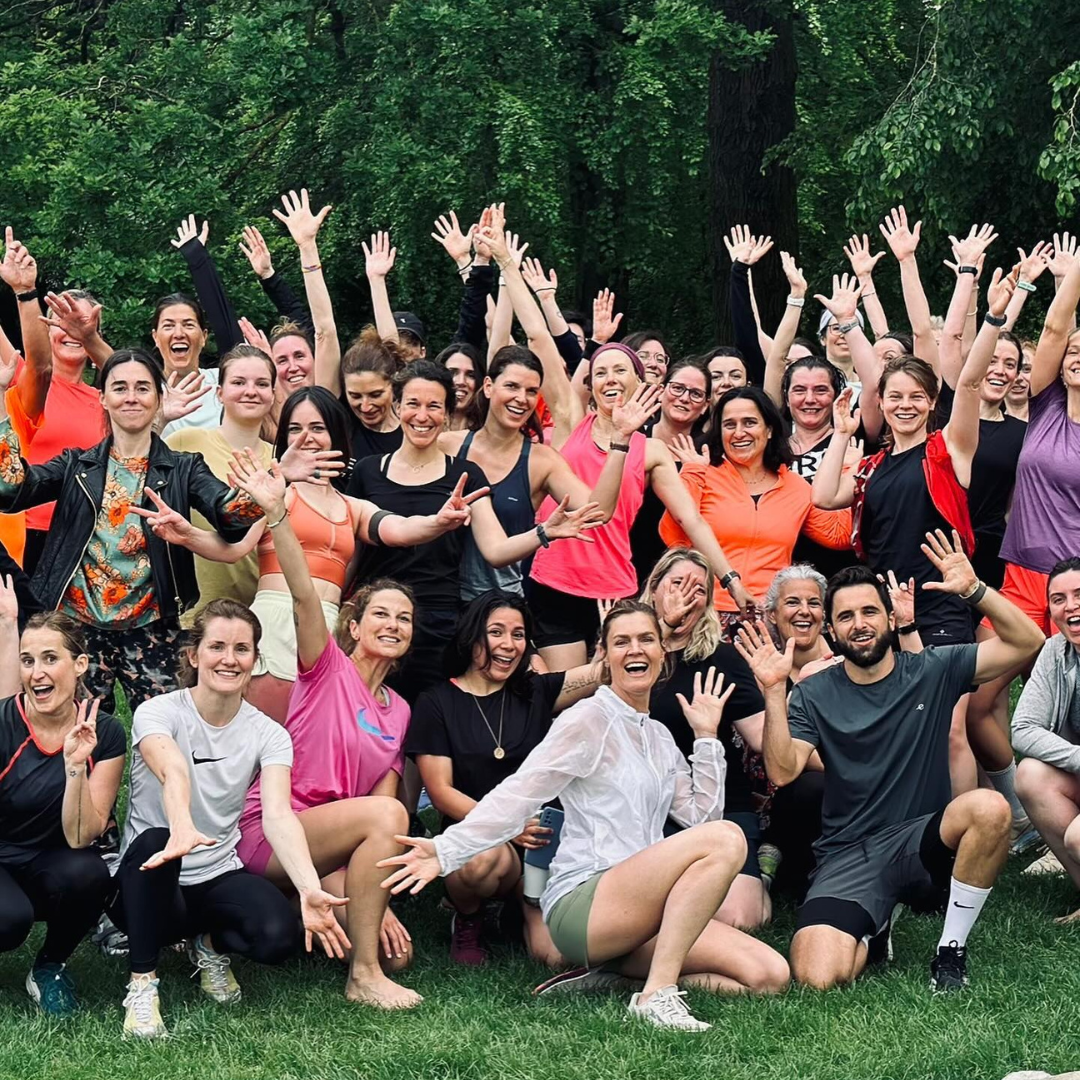
Do difficult things!
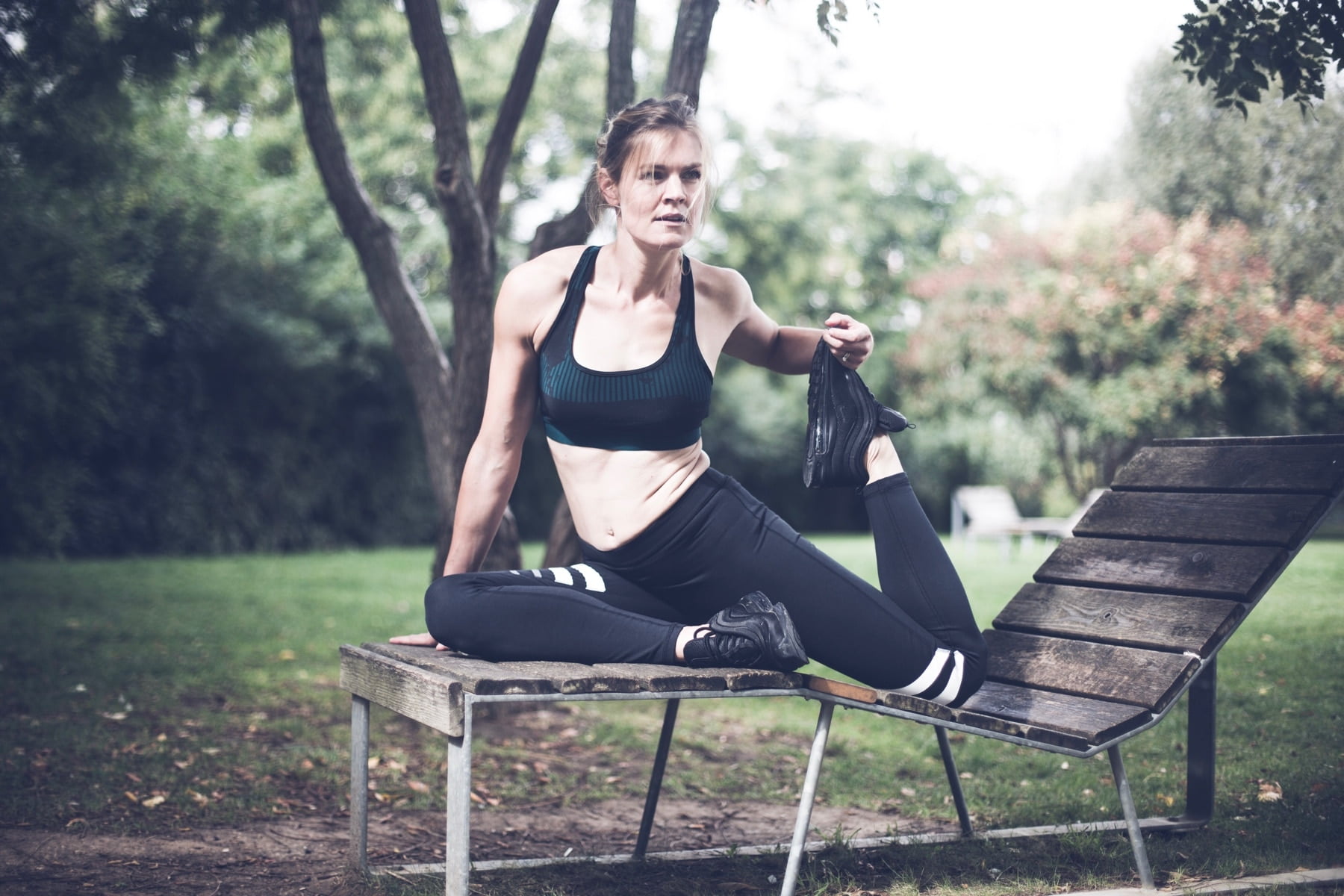
Does yoga start alone, at home, good or bad idea?
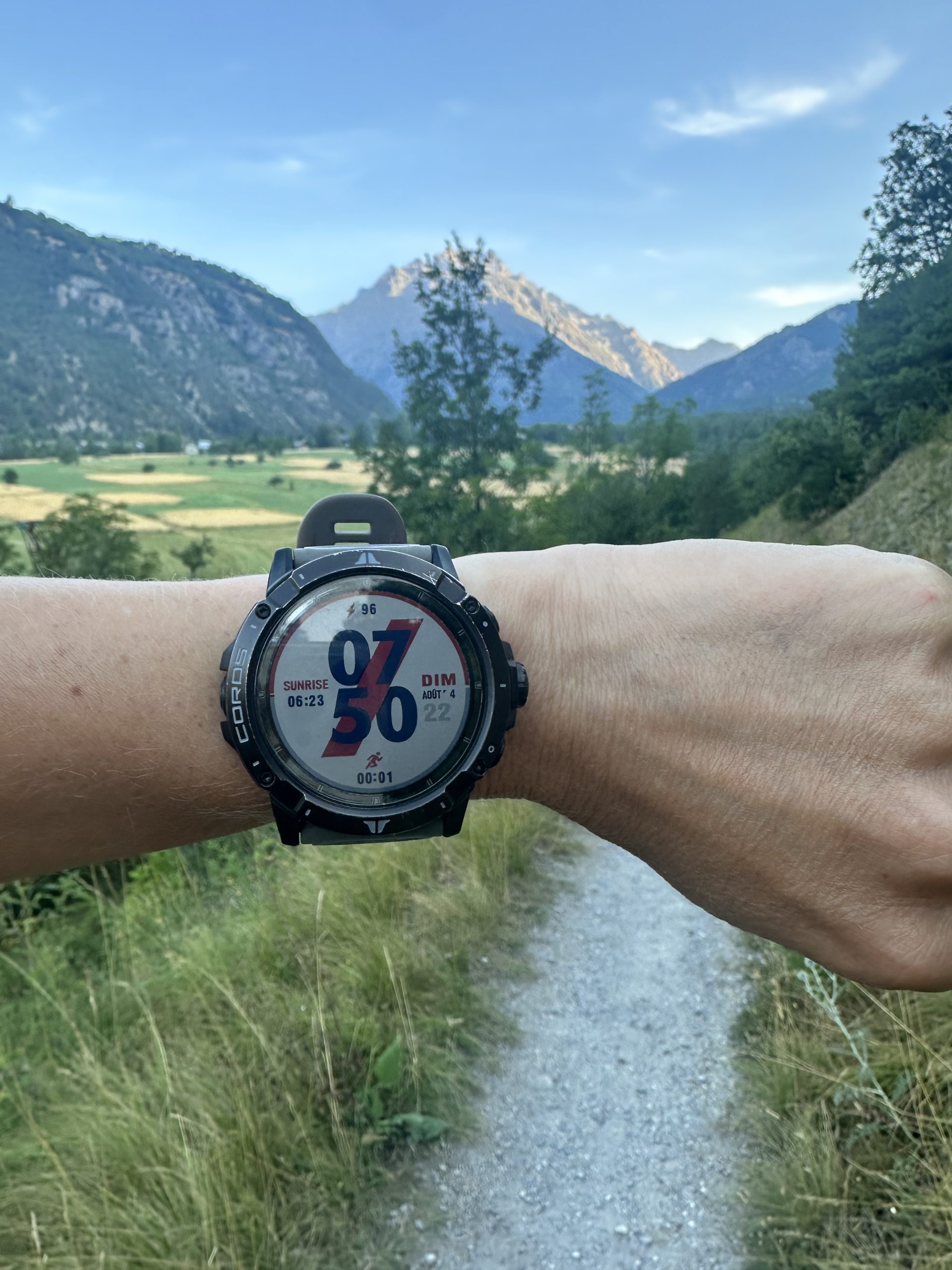
Connected watches: take off!
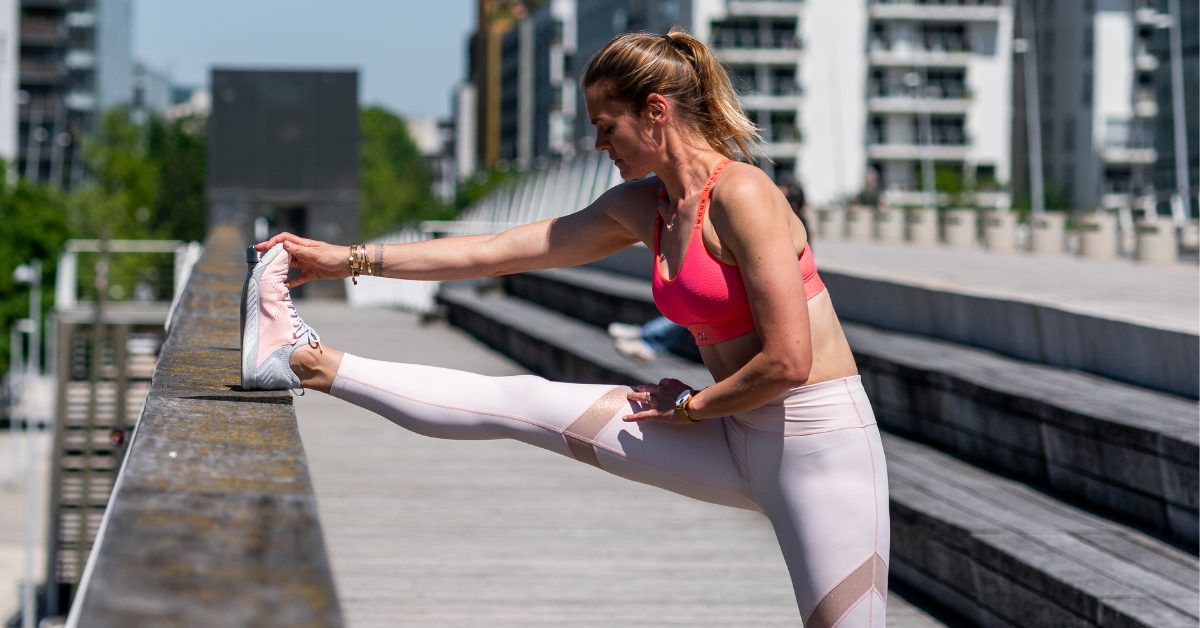
How to alleviate and avoid them

How to lose your thighs? Exercises, suggestions and nutrition

Remote to sport in winter, the light track!
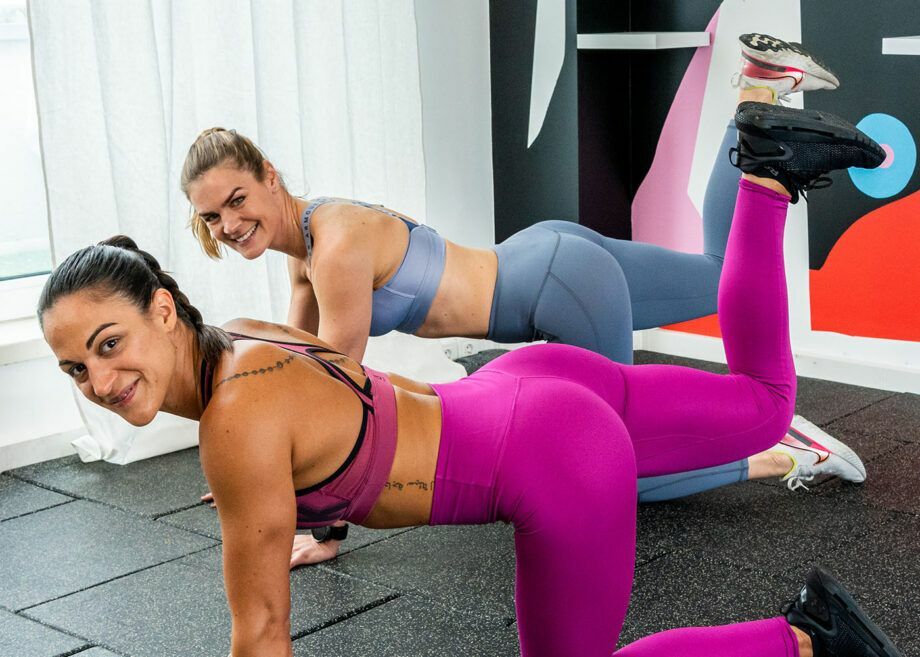
Solutions, exercises and suggestions to help you!
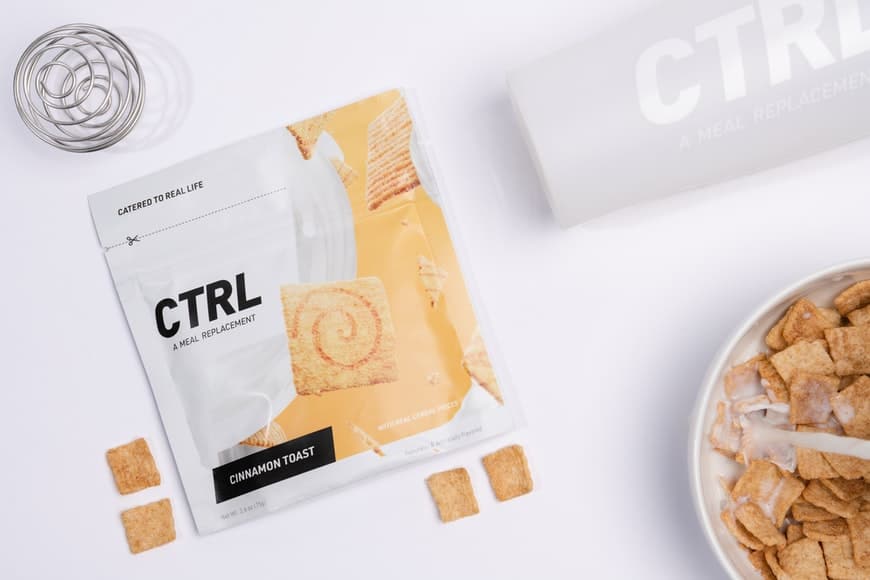
Substitutes of meals: real slimming allies?

Dry January: Return of experience!

